
In a previous post, I compared the amount of swine flu (or Influenza A(H1N1) as WHO has decided to call it) and a regular flu. In short, every year, seasonal flu kills 36,000 people in the US. Influenza A(H1N1) has killed 17 people up to the moment I write this (May 2 16:00 GMT).
Seeing the media hype, the traffic peak on social media like Twitter, I had to find out more. Was the fear rounded on real facts or creative inventions? Was it really only a media hype, a blib on the screen of international attention. A bright star or news focus, to faint as soon as another mediaworthy event took place. Like Russian troops deciding to make another weekend trip to an ex-USSR satellite state, the US closing all tax-heavens, Obama making his first trip abroad or the Pope appearing in public with a condom over his head.
So.. Swine Flu (Influenza A(H1N1) -sorry): "Hype or Threat? That Is the Question!"
I googled it, scanned many different news sources, dug into the CDC and WHO sites, and asked colleagues who are 'in the know'.. Information was hard to find, which is a sign by itself. If swine flu was that deadly, details of the actual threat would be all over the media. And they were not. [Hype: 1 - Threat: 0]
Sure, it spreads fast (any flu does), it kills people (any flu does), it transmitted from pigs onto humans (which is not the first time), and WHO raised its pandemic threat levels (not the first time neither).. So what made it exceptional? What other facts can fuel the fear?
Yesterday morning, I was on a bus between the boarding gate and the plane, flying to Belgium for the weekend, and saw a few pages of a newspaper someone had left behind, the business pages from the Daily Telegraph apparently. And there it was: the best summary I could find on the actual threat of swine flu. (which apparently can also be found in Breaking Views)
Swine flu is still an unknown adversary, there's no knowing how it will behave.
Robert Cyran
Swine flu has come to stay, but it is unclear how our unwelcome guest will behave. We don't know how dangerous it is or will become, because the virus will mutate. We will simply have to wait and see. In the meantime, it would be wise to brace for multiple waves of market panic in the run-up to the flu season.
The virus has been easily transmitted. The fact that it is occurring in the spring is also unusual - flu epidemics almost always occur in the winter.
The key question is how virulent the flu could be. In Mexico, the virus has displayed an alarming tendency to kill young and healthy patients, most likely from an overreaction by the immune system. Scarily, this is not all that different from the way the 1918 Spanish flu kicked off, eventually killing tens of millions. Cases in the US haven't displayed a similar pattern. It's simply too early to say how dangerous the disease is.
While a new strain of flu is horrible news, there are several reasons to be hopeful. Antiviral medication still works, although that could change as the virus mutates. Unlike 1918, we now have antibiotics to help fight the secondary infections. And, unlike avian flu, there probably aren't inherent problems with vaccine production.
Still, there's plenty to worry about. Swine flu will mutate over the summer, because flu viruses make lots of errors when they copy themselves. And people and animals will also come down with two forms of flu at once, allowing the viruses to swap some genetic material. This could make the virus more deadly and render vaccines made over the summer ineffective by winter. Alternatively the virus could mutate into a perfectly innocuous bug.
The only thing that is clear is that bits of information will surface piecemeal. Some will be true, some false. All will be subject to misinterpretation. Few things are more contagious than rumours and panic on Wall Street.
Let's expand this just a bit. For the moment, you have more chances of being killed while driving your car to work in the morning, than by swine flu or Influenza A(H1N1). However, unless the virus genetically mutates into a killer for which we have no vaccine, the most probable impact you will see, IF swine flu continues to spread fast, is on an economic or hysteria level.
- If swine flu continues to spread, travel will be restricted, trips will be cancelled. Multinationals Nokia, Samsung, Hon Hai, Adidas and Swiss Re already restricted travel for their employees. Honda simply cancelled all trips for the time being. This affects not just the travel industry (airline shares dropped for a third consecutive day yesterday) or the tourist industry, but the economy as a whole. People travel to do business. Less travel is always less business.
- If the virus continues to spread and changes its genetic code, countries can close their borders for people and/or goods, in an attempt to protect themselves. This will have quite an impact on trade as certain countries might not accept goods from others, ships will refuse to sail to certain countries and insurance premiums will take a hike if you fly anything or anyone to an infected area, or close to an infected area.
- When an area gets infected with swine flu, even in its current -hardly deadly- genetic code, schools might close, public transport will be restricted or any transport -goods or people- might cease all together, effectively grinding the local economy to a hold, as we saw in Mexico city.
- When an area gets infected, and movement of people is restricted, there will be a rush to local shops to hamster food and other supplies. People's coolheadedness will decide if they will react calmly, or if they will just raid and loot shops. Rioting is likely.
- Even if swine flu is hardly deadly at this moment, it is transmitted fast, easily and effectively. If it continues to spread, many people will be infected. Once infected, even if not life threathening, people become economically unproductive, as they have to recover while staying home. One could imagine entire companies' workforce being affected, or companies closing down temporarily just as a precautionary measure. Bad for the economy again.
- Governments hardly reveal their national pandemic preparedness plans. Those I have been involved in, were limited to passing mass quantities of Tamiflu vaccins around, isolating travellers from/to infected areas, isolating infected populations,.. but there was not much done in terms of 'how this country will function with 40-50-80% of the workforce staying home'. 'How can we ensure critical services -water, electricity, communications- to continue working?'
Contingency plans have been made when everyone was gearing up for an Avian Flu pandemic back in 2005-2006, but since then these have since been shelved and gathered dust rather than momentum. In short, most government will be caught with their pants down. If we get a real pandemic, that is.
And as a closure: at this moment, there are not enough flu vaccins for the entire world population, and the production will not cope with an expected sudden peak in demand. The worst off, of course, are developing countries, which hold no or hardly any stock, where vaccine prices are beyond the reach of people, and the local distribution and storage systems simply can not cope. Because the quality of life, poor people are less immune to illness. Poor nations have less advanced health services, and populations live in more isolated areas. It is expected, if indeed swine flu will continue to spread as fast as it does, most of the victims will be in developing countries.
More on The Road about
SwinefluPicture courtesy ESL
Read the full post...


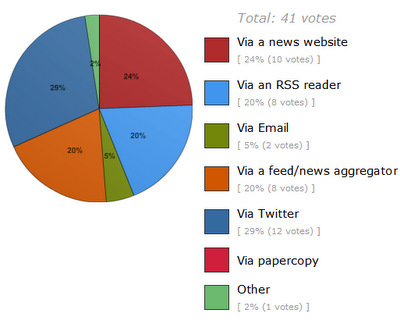
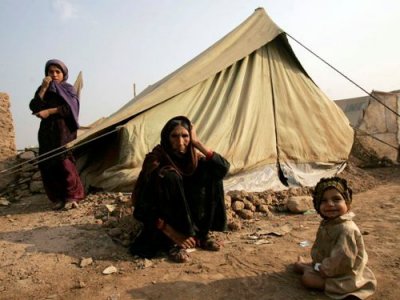
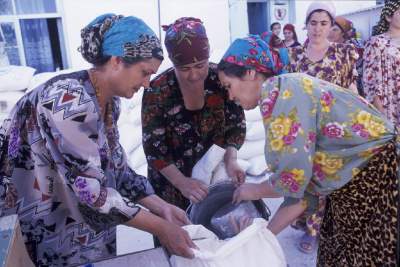
 I am not too sure how Natalia relates O'Hare airport with my rambling about flight delays in an Italian provincial airport due to the fact everyone was watching their national soccer team on TV... Maybe she has a good sense of humour. Or likes soccer.
I am not too sure how Natalia relates O'Hare airport with my rambling about flight delays in an Italian provincial airport due to the fact everyone was watching their national soccer team on TV... Maybe she has a good sense of humour. Or likes soccer.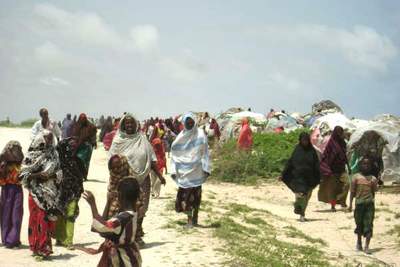

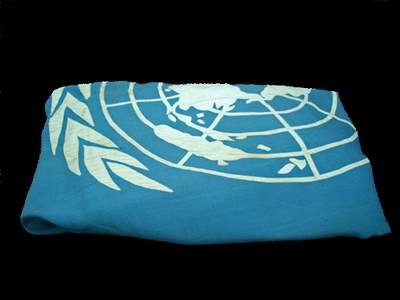
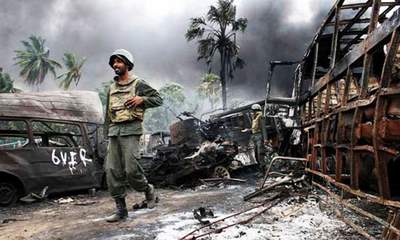


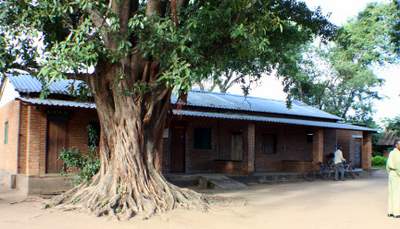

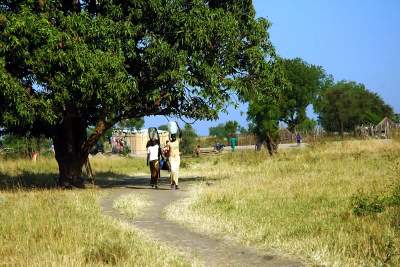
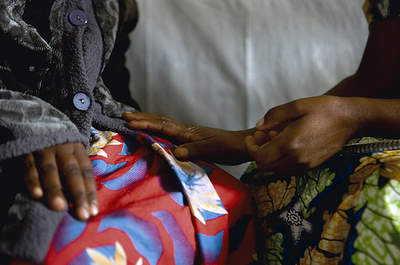

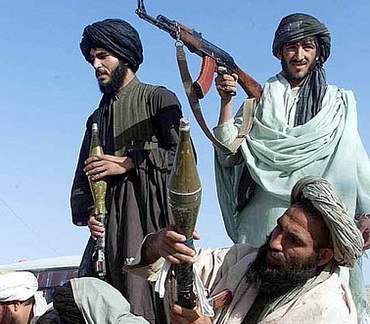

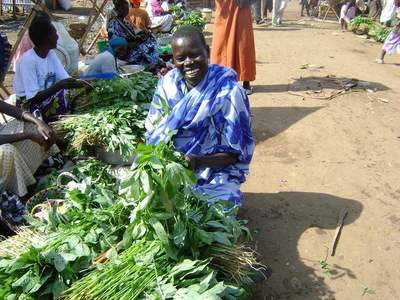



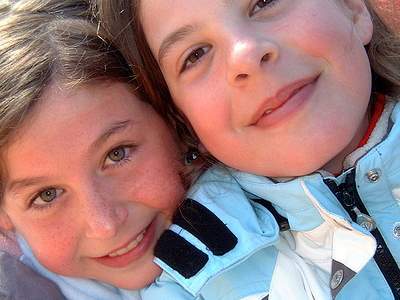

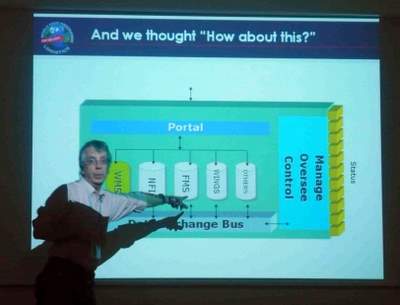

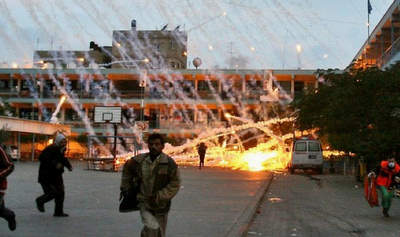

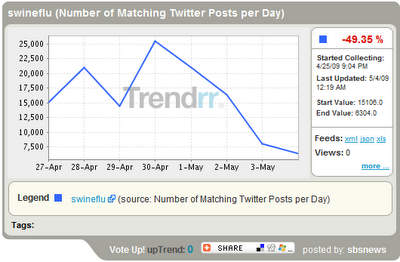






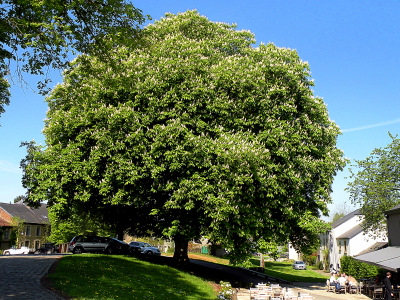


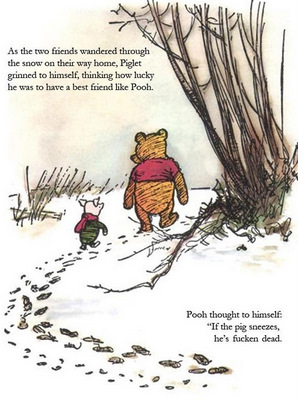


 Peter. Flemish, European, aid worker, expeditioner, sailor, traveller, husband, father, friend, nutcase. Not necessarily in that order.
Peter. Flemish, European, aid worker, expeditioner, sailor, traveller, husband, father, friend, nutcase. Not necessarily in that order.
The Road's Dashboard
Log in
New
Edit
Customize
Dashboard